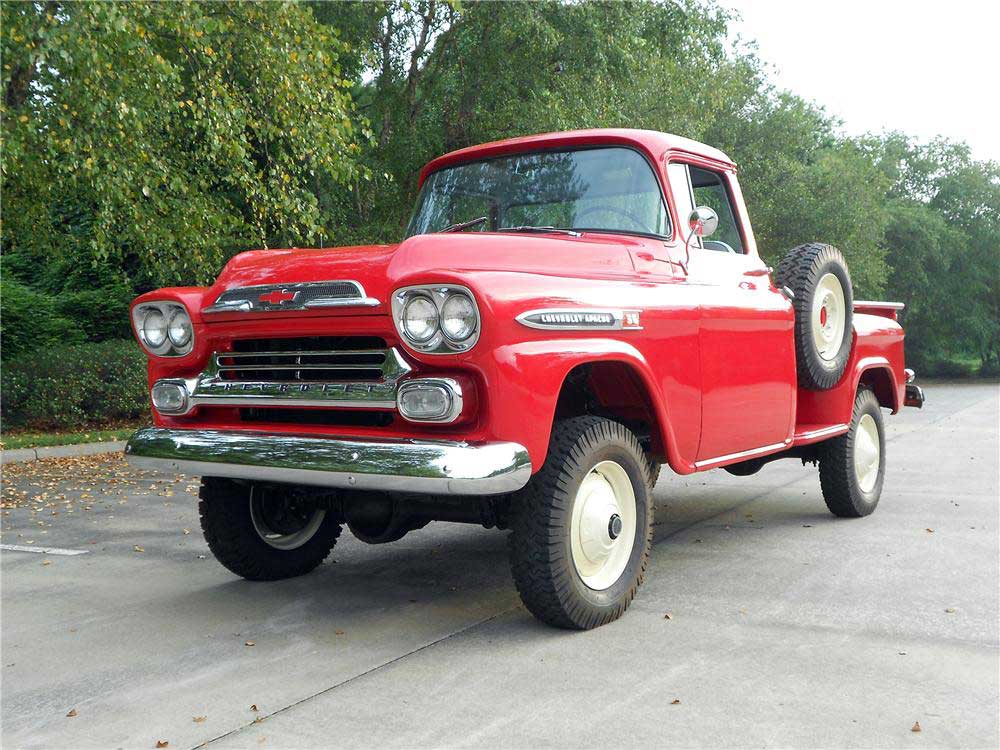You’ve got questions. We’ve got answers—the Summit Racing tech department tackles your automotive-related conundrums. This week, we’re suggesting upgrades for a supercharged 1959 Chevy Pickup with a 400 small block motor.
Q: I want to build a 400 small block Chevy to put into a 1959 Chevy pickup with four-wheel drive. The truck will not be a daily driver, and I want the engine to have around 11:1 compression. I want to supercharge the engine and run dual four-barrel carburetors. What supercharger do you suggest? Does the supercharger have to run all the time or can you get an idler switch so the supercharger can be activated on demand?
…
A: First, we think you have to decide on exactly what engine you want to build. If you want the high compression, you can’t use the supercharger. A supercharged engine is usually built with around 8:1 to 8.5:1 compression. As a supercharger increases the boost, the compression in the combustion chamber goes up to anywhere between 11:1 and 13:1.
Without the blower you can run higher compression since a naturally aspirated engine is not being force-fed air, relying instead on atmospheric pressure to fill the cylinders.
If you do run a supercharger, you should not run more than 6 to 8 psi of boost with a 400 Chevy small block, because of the potential for blowing out head gaskets due to the siamesed cylinder arrangement.
That said, Weiand makes superchargers that will fit your engine. They are Roots-type units that mount on top of the engine, pull in air and fuel from the carburetors, and force it into the engine. The Weiand superchargers are available in low-profile 142, 177, and 256 c.i.d. displacements that will fit under your hood.
But we have a feeling that you’re wanting something like a traditional 6-71 supercharger that sticks out of of the hood.
All Roots blowers operate 100 percent of the time, there are no “idle-type” switches like the one on Mad Max’s original 1973 Falcon XB GT Coupe.


I agree on all accounts, except for the in demand supercharger. While it’s not a production item, you can use a A/C compressor clutch pulley that can be used for a “on demand” supercharger. I’ve seen it done before on a friend’s Jeep.
When not engaged, the blower will freewheel, allowing the motor to run.
I would choose another small block Chevy than the 400 ci, which had a reputation for running hot even in the non-performances cars they were designed for. Putting a Rootes supercharger on it will make it run even hotter. I had a built 400 small block in my 71 Malibu, and had problems with detonation and overheating until it finally expired.